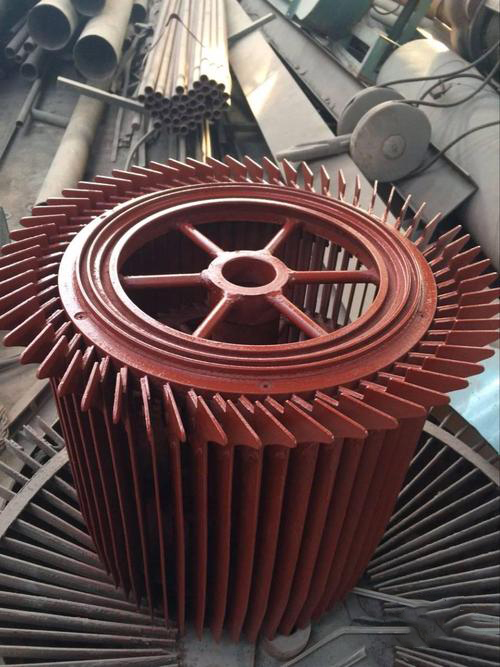Address
No. 128, Binhe Road, Gongyi City
Zhengzhou City, Henan Province, China, 451200
Contact us
Phone: (+86) 13386837400
WhatsApp/WeChat: (+86) 13386837400
Address
No. 128, Binhe Road, Gongyi City
Zhengzhou City, Henan Province, China, 451200
Contact us
Phone: (+86) 13386837400
WhatsApp/WeChat: (+86) 13386837400

Effective classification ensures the thorough dispersion of particles within the classification zone, ultimately gathering them in the storage bin. However, if the classifier quality is subpar, it might misclassify agglomerated particles as larger ones, leading to their entry into the grinding chamber. Subsequent regrinding not only reduces the production yield of fine powder but also increases unnecessary energy consumption. A reliable classifier imposes specific demands on both equipment and materials: the powder concentration should not be excessively high, and reducing the input quantity prevents particles from interfering with each other during the conveying process. Higher powder concentrations result in lower efficiency, pollution, increased load, and greater energy consumption. Due to the significant vibration of the Raymond mill, high-speed operation can impact the classifier’s vibration. Therefore, it is crucial to employ vibration isolation coupling between the classifier and the Raymond mill. Failure to do so may easily lead to damage to the classifier, thereby affecting the quality and capacity of the final product.